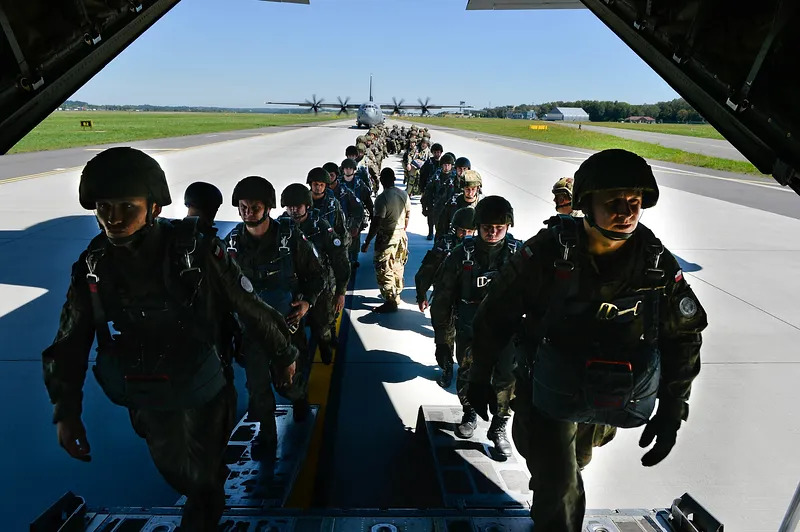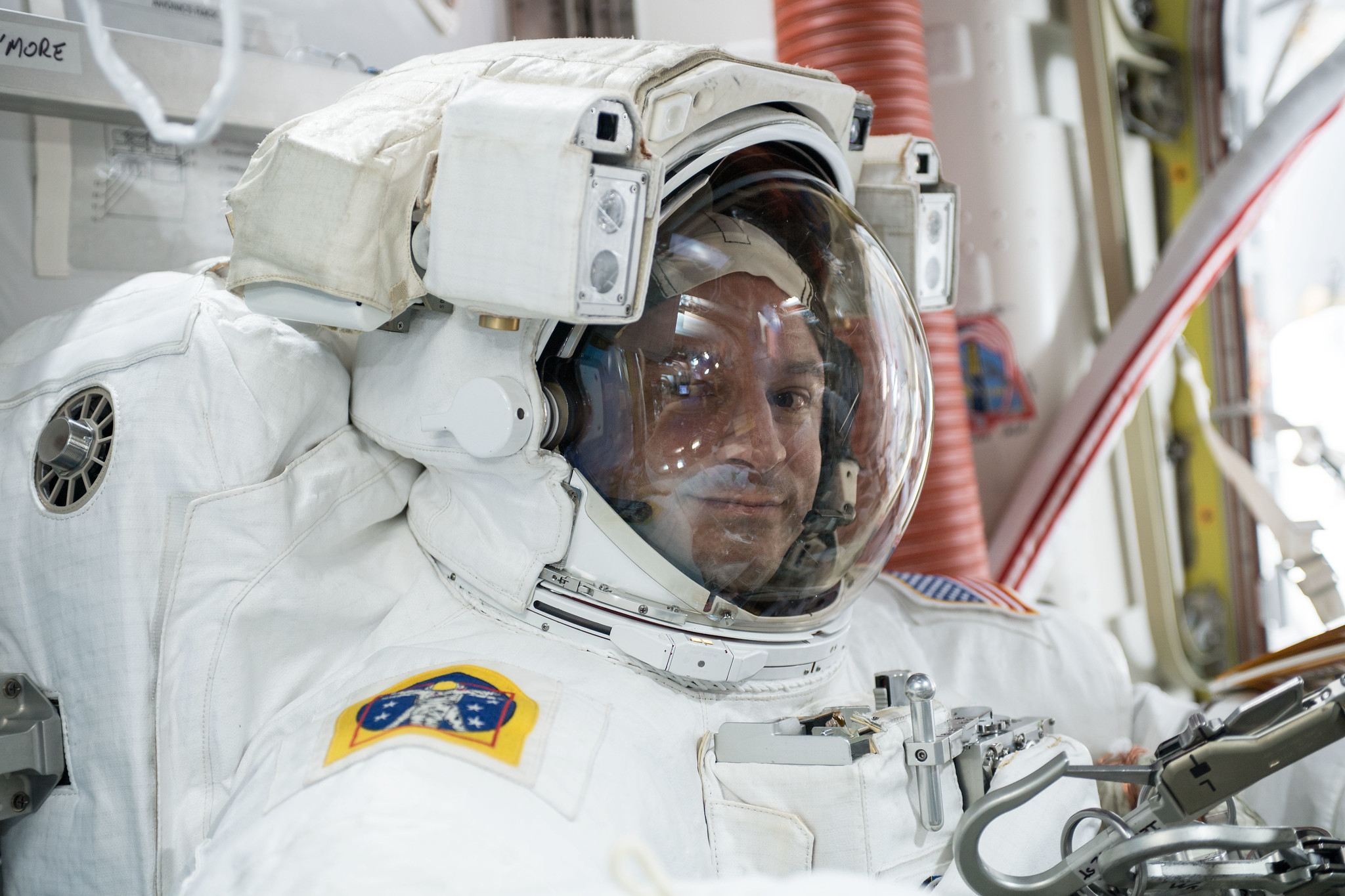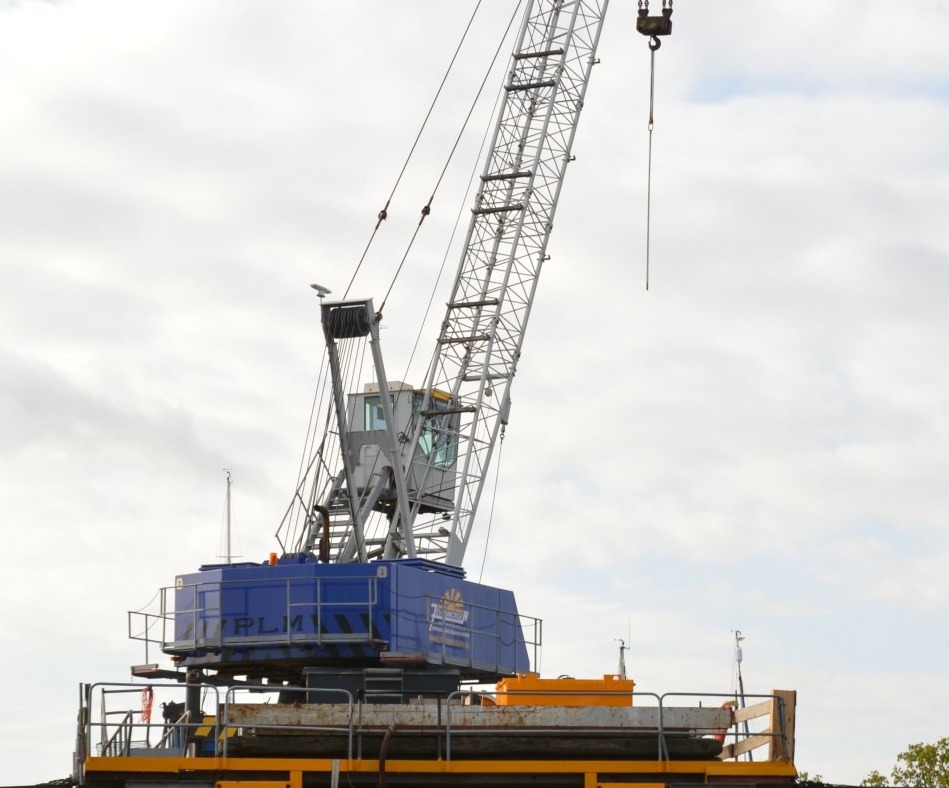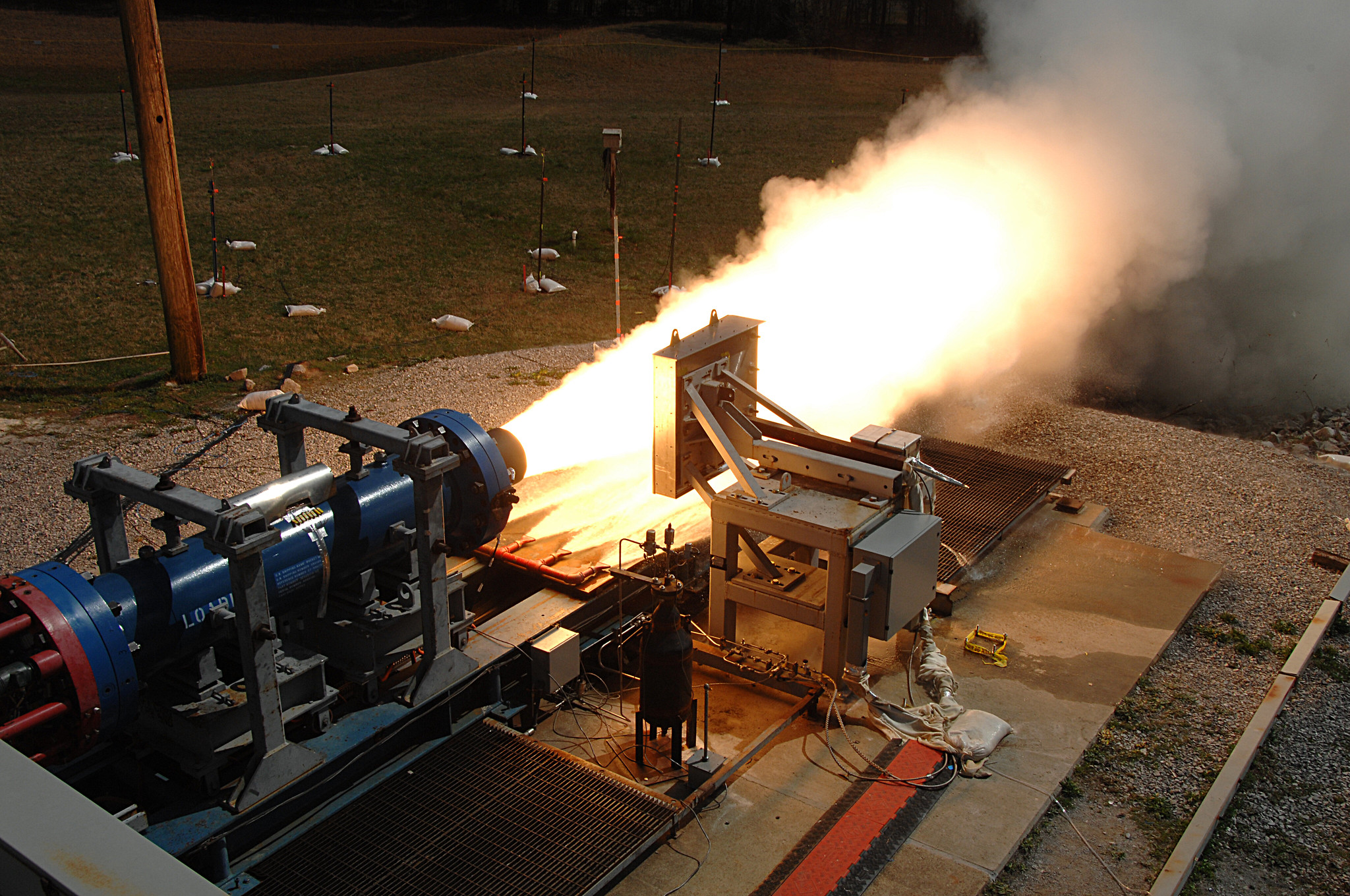Astronaut Training

Each of our hand selected Nova astronauts must go through extensive training in order to ensure they are prepared for the hardships of space flights. Nova must also make sure they have the intelligence required to conduct experiments, fix possible problems, and keep themselves calm in worrisome situations. After being one of few candidates selected for the training program, trainees begin with learning the ins and outs of the spacecraft they will make their journey on. This includes not only the layout and location of certain objects and parts, but also how the aircraft functions and its mechanics. After, they will be put through intense physical training, including zero gravity simulations and similar physically taxing situations. Mentally challenging simulations are also used, such as the scenario of an emergency that could occur while an astronaut is on board. Nova astronauts are also responsible for knowing medical procedures along with the other scientific knowledge necessary for their experiments.

After going through general training, astronauts will be separated into different groups in order to provide each with a specific role. Although all astronauts are required to have an overview of knowledge in all categories, giving each astronaut a specialty allows for less chaos when it comes to the possible happening of an emergency on board. The two main groups are Pilots and Mission Specialists. Pilots are tasked with knowing how to fly the spaceship along with understanding the more mechanical side of the spacecraft. Mission Specialists are more responsible with understanding exactly how the experiments are performed, along with the more physical activities such as repairs and space walks.

Safety Measures for Takeoff
To keep customers safe during the rocket launch, extensive tests and analysis on the rapid acceleration and pressure waves that occur during the launch are conducted. With this data, we are able to track and measure the frequencies and ensure a safe takeoff for passengers.
Our researchers have developed a new capability within their computational fluid dynamics software to predict the vibrational forces exerted on the surfaces of vehicles undergoing acceleration. Using data from previous flight tests, we are able to study, analyze and reduce uncertainty for abort scenarios that are difficult, dangerous or too expensive to perform in wind tunnels or further flight tests, keeping our passengers safe in any situation.

Launch and Recovery of Boosters
The launch vehicle consists of 9 small solid-fuel rockets strapped to the outside of the first stage. Each of the solid rocket motors provides an average thrust of 485,458 newtons (109,135 pounds) at sea level. The casings on the solid rocket motors are made of lightweight graphite epoxy. The launch occurs in three stages, each stage with its own rocket motors. As each stage's rocket is fired and its fuel supply is exhausted, it is discarded. About thirty minutes after liftoff, the rocket will reach the cruise phase in space.
To make our space launches as economic and environmentally conscious as possible, motors that are discarded during take-off are recovered at sea by our recovery team. After detaching from the main vehicle, rocket boosters deploy a parachute to minimize impact and allow the team to locate the machinery.

